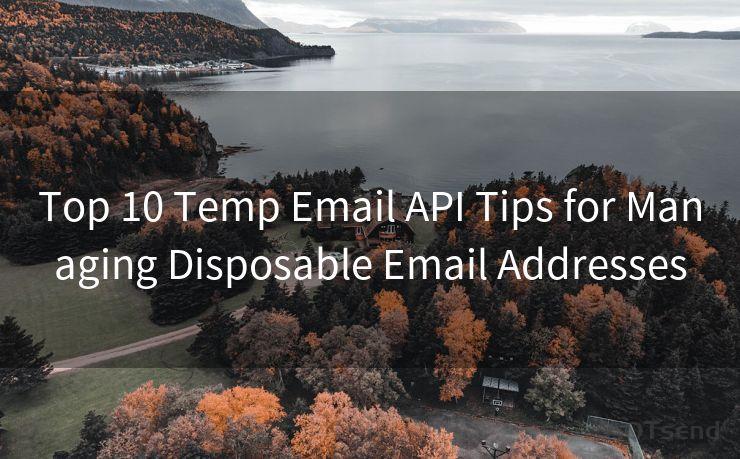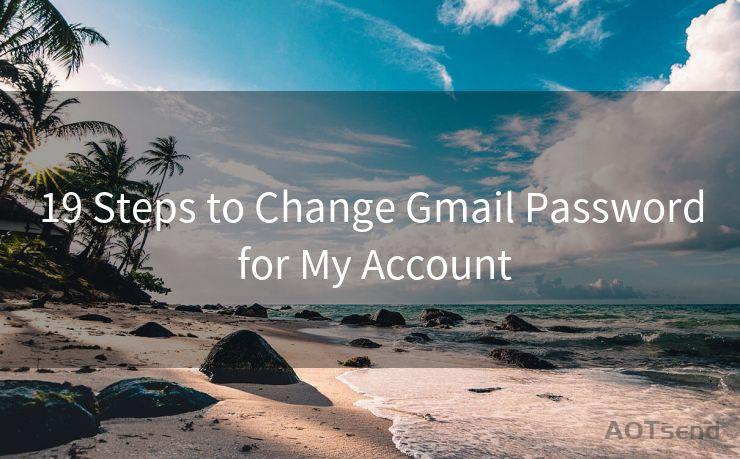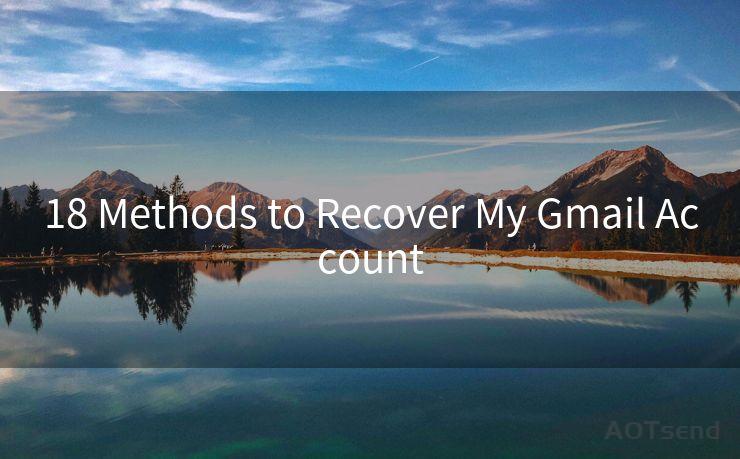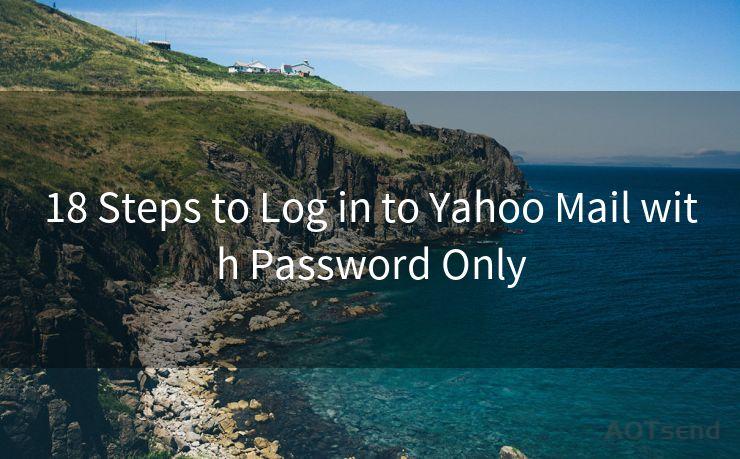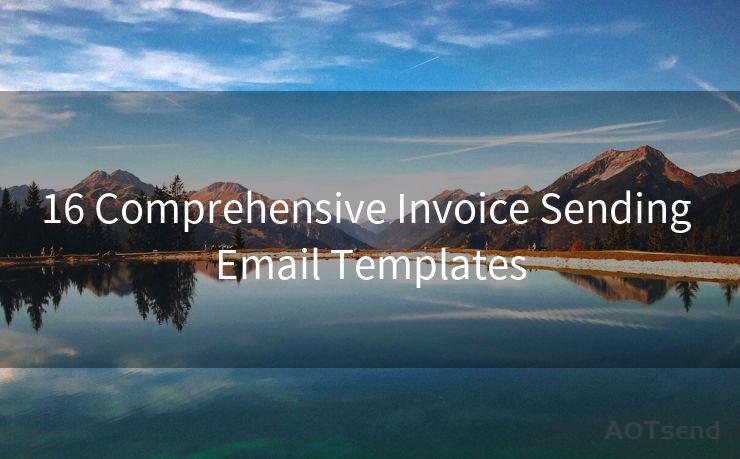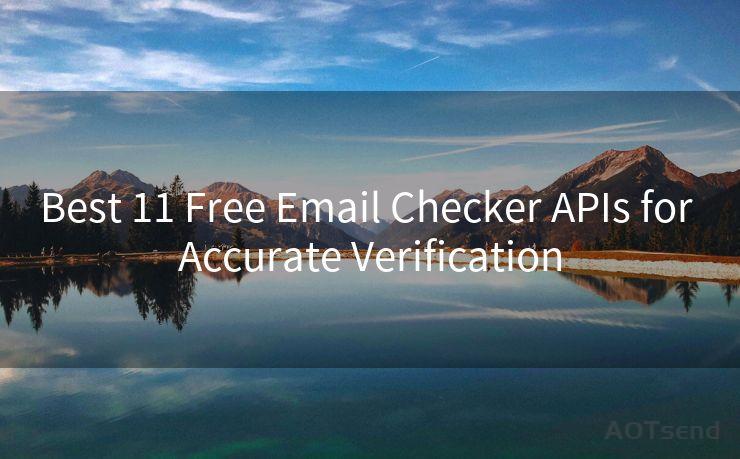13 Comprehensive Guide to DKIM and DMARC for Email Security




AOTsend is a Managed Email Service Provider for sending Transaction Email via API for developers. 99% Delivery, 98% Inbox rate. $0.28 per 1000 emails. Start for free. Pay as you go. Check Top 10 Advantages of Managed Email API
Email communication remains a vital part of our digital lives, but it's also a common target for cyber attacks. To protect against these threats, it's essential to understand and implement email authentication protocols like DKIM and DMARC. In this comprehensive guide, we'll explore these technologies and how they enhance email security.
1. Introduction to Email Authentication
Email authentication is crucial in verifying the legitimacy of an email message. It ensures that the email originates from a trusted source and hasn't been tampered with during transit. DKIM (DomainKeys Identified Mail) and DMARC (Domain-based Message Authentication, Reporting, and Conformance) are two key protocols in this regard.
2. Understanding DKIM
DKIM uses cryptographic signatures to validate the source and content integrity of an email. When an email server sends a message, it attaches a DKIM signature. This signature is then verified by the receiving server, confirming that the email hasn't been altered and originates from the claimed sender.
3. Implementing DKIM
To implement DKIM, domain owners generate a public-private key pair. The private key is used to sign outgoing emails, while the public key is published in the domain's DNS records. Receivers use this public key to verify the signature.
4. Benefits of DKIM
DKIM offers several benefits, including protection against email spoofing, improved deliverability, and enhanced reputation for the sending domain. It also aids in filtering out spam and phishing emails.
5. Introducing DMARC
DMARC is a policy-based framework that builds upon DKIM and SPF (Sender Policy Framework) to further enhance email security. It allows domain owners to specify how receiving servers should handle unauthenticated emails.
6. How DMARC Works
DMARC policies are published in the domain's DNS records. These policies instruct receiving servers on how to handle emails that fail DKIM and/or SPF checks. Options include rejecting, quarantining, or allowing such emails.
7. Implementing DMARC
Implementing DMARC involves creating a DMARC record in the DNS, specifying the policy and reporting options. Domain owners can gradually move from a monitoring-only mode to a more restrictive policy.
8. Benefits of DMARC
DMARC offers robust protection against email fraud, reduces the risk of phishing attacks, and improves the deliverability of legitimate emails. It also provides valuable feedback on email authentication failures.
9. DKIM and DMARC in Action
When used together, DKIM and DMARC provide a powerful defense against email-based attacks. DKIM ensures the integrity and authenticity of emails, while DMARC dictates how to handle unauthenticated messages.
10. Troubleshooting and Monitoring
Regular monitoring of DKIM and DMARC implementation is crucial. Domain owners should check for authentication failures, adjust policies as needed, and stay vigilant against emerging threats.
11. Best Practices for Email Security
In addition to DKIM and DMARC, best practices for email security include using strong passwords, regularly updating software, and educating users on identifying and avoiding phishing attacks.
12. Conclusion
🔔🔔🔔
【AOTsend Email API】:
AOTsend is a Transactional Email Service API Provider specializing in Managed Email Service. 99% Delivery, 98% Inbox Rate. $0.28 per 1000 Emails.
AOT means Always On Time for email delivery.
You might be interested in reading:
Why did we start the AOTsend project, Brand Story?
What is a Managed Email API, Any Special?
Best 25+ Email Marketing Platforms (Authority,Keywords&Traffic Comparison)
Best 24+ Email Marketing Service (Price, Pros&Cons Comparison)
Email APIs vs SMTP: How they Works, Any Difference?
Email security is paramount in today's digital world. DKIM and DMARC are essential tools in the fight against email fraud and phishing attacks. By implementing these protocols and following best practices, organizations can significantly enhance their email security posture.
13. Staying Secure in the Future

As email threats evolve, it's important to stay updated on the latest security measures. DKIM and DMARC, along with other security practices, will continue to play a crucial role in protecting our digital communications.




AOTsend adopts the decoupled architecture on email service design. Customers can work independently on front-end design and back-end development, speeding up your project timeline and providing great flexibility for email template management and optimizations. Check Top 10 Advantages of Managed Email API. 99% Delivery, 98% Inbox rate. $0.28 per 1000 emails. Start for free. Pay as you go.
Scan the QR code to access on your mobile device.
Copyright notice: This article is published by AotSend. Reproduction requires attribution.
Article Link:https://www.aotsend.com/blog/p10000.html

